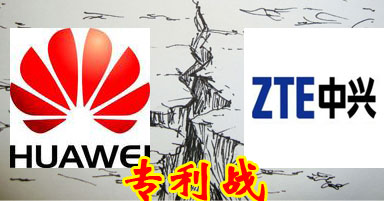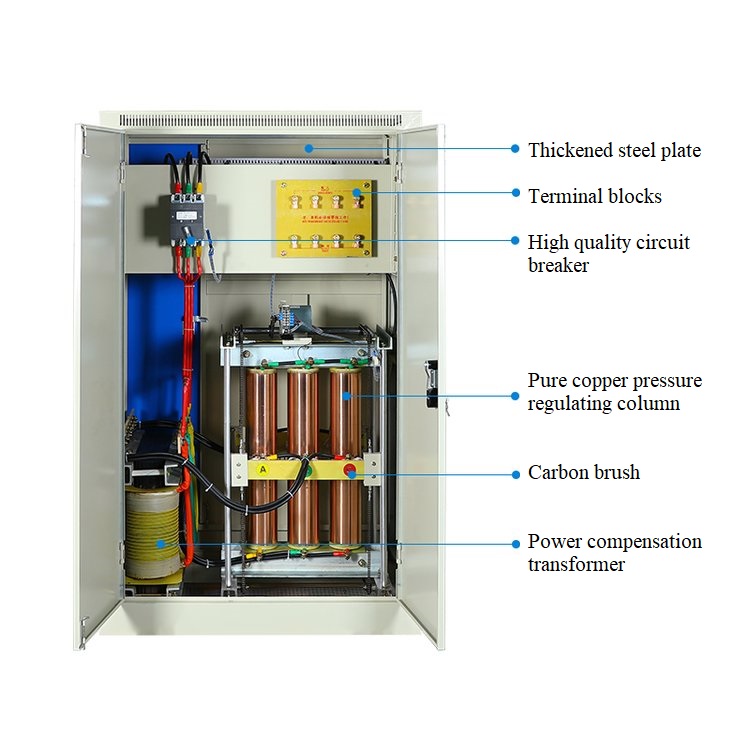Why is it too urgent? Huawei ZTE reignited war in Europe for LTE patent
China's two major telecommunications equipment manufacturers, Huawei and ZTE, once again "crossfire" in patent litigation. According to foreign media reports, the German court has recently issued a judgment on “Huawei ’s patent litigation against LTE systems and terminals in ZTE ’s German subsidiary in Germanyâ€, dismissing Huawei ’s lawsuit against ZTE ’s LTE terminal infringement, but ruling ZTE ’s The system violated Huawei's patents.
It is understood that a patent involved in the lawsuit is essential for the 4G LTE mobile communication standard. At present, the German court has prohibited ZTE from selling base stations related to the system in Germany. The ruling requires ZTE to provide “clearly and conspicuously†instructions for products that require Huawei to authorize ZTE customers. ZTE can sell these base stations only when ZTE's customers agree to pay Huawei a 50,000 euro penalty penalty (or a fine of € 250 million per violation).
In this lawsuit, the only thing ZTE successfully defended was its "surfsTIcks" USB modem. However, in the global operator base station market, Huawei and ZTE are fighting fiercely, and the "surfsTIcks" business opportunities for end customers are relatively much smaller.
ZTE said that the company has been concerned about related patent lawsuits filed by Huawei in Germany, Hungary, and France. The above cases will not affect its global sales. ZTE also filed counterclaims against Huawei in Europe and China.

Fierce battle of patents in the European market LTE into focus
The patent war has become an important means for technology companies to compete for the international market, not only for international giants such as Apple and Samsung, but also for China's two communications companies Huawei and ZTE.
Yesterday, according to German media reports, the German Mannheim Regional Court (Mannheim Regional Court) ruled on Huawei and ZTE's patent litigation. The court ruled that ZTE's LTE system infringed Huawei's patents, and the court also dismissed Huawei's allegations that ZTE's LTE terminals infringed Huawei's patents.
The incident originated in 2011, Huawei initiated a prosecution of ZTE patent and trademark infringement in Germany, France and Hungary, but then ZTE immediately filed a counterclaim in China against Huawei infringing its LTE.
According to information provided by ZTE yesterday, Huawei's lawsuits in Europe include 5 cases in Germany, 1 case in France and 4 cases in Hungary. Since then, the Hungarian court has suspended the proceedings of four lawsuits based on ZTE ’s invalidation request; one patent of the USB network card has been declared invalid by both the Chinese court and the German patent court.
Five patent litigations in Germany, two of which have been declared invalid by the European Patent Office in 2012. Foreign media reported that, in response to a lawsuit filed by Huawei regarding the USB modem of the Internet card, the German court held that this product does not require a sales ban. However, for a patent on "Key DerivaTIon" related to LTE, the court held that ZTE infringed and would prohibit ZTE from selling base stations related to the system in Germany.
ZTE stated that it firmly believes that the product in question does not constitute an infringement of Huawei's patents and plans to appeal the judgment of the German court. A reporter from the First Financial Daily learned that, globally, ZTE and Huawei have a total of 44 cases involving patent litigation, including 32 in China and 12 in Europe. At present, some cases have been tried and sentenced, and some cases are being heard.
Why choose France, Germany and Hungary? A former ZTE person believes that in the European market, ZTE's main breakthroughs are German operator E-Plus and Hungary's Hutchison, while France is ZTE's main mobile phone market in Europe.
ZTE stated that in response to the infringement judgment involving the "key derivative function" of the LTE system, ZTE has applied circumvention design schemes and does not involve the patented technical schemes mentioned in Huawei's prosecution.
In addition, ZTE emphasized that the judgment of the German courts will not have a substantial impact on ZTE ’s European market, firstly because ZTE ’s terminal products are still showing a strong upward trend in the European and American markets during the progress of litigation, and secondly, ZTE has already adopted Avoiding technical solutions, the ban will not affect the actual sales of the product.
For Huawei and ZTE, which are already quite international, the patent issue will become an important weapon for the two companies to participate in international competition.
The above-mentioned former ZTE believes that compared with Ericsson ’s patent reserve, Huawei ’s patents involve a special bottom layer. The “other manufacturers ca n’t get around†type is still relatively limited, but it is undeniable that ZTE currently has a certain gap compared with Huawei. . "Although both companies invest 10% of their revenues in R & D, the two companies are far apart in terms of revenue scale. Both ZTE's R & D personnel and R & D investment are about half that of Huawei."
However, ZTE is also trying to catch up. According to the European Patent Office's public announcement on March 6, 2013, ZTE jumped to the tenth place in the European patent application list with 1184 European patent applications, becoming the first Chinese company to make the top ten list in just one year. , From 33 in 2011 to 33 places.
Should study Japanese and Korean companies
However, compared with the "infighting" of Chinese companies, South Korean and Japanese companies in Asia are more willing to "fight outside." For example, three major companies such as Sony, Toshiba and Hitachi reached a joint agreement under the leadership of the Japanese government to jointly deal with the competitive advantages of small and medium-sized LCD panels against South Korean and Chinese companies. South Korea ’s Samsung and LG have jointly negotiated with Qualcomm to reduce CDMA patent fees and have achieved the global dominance of CDMA mobile phones, while Chinese mobile phone companies are still fighting each other until now.
The New Electric Power energy stabilizer is a device to stabilize the input voltage, which is composed of a voltage regulating circuit, a control circuit, and a servo motor. When the voltage fluctuation is caused by the voltage fluctuation or load change of the external power supply network, the control circuit will sample, compare, and amplify, and then drive the servo motor to rotate, so that the position of the voltage regulator changes. By automatically adjusting the coil turn ratio, the output voltage can be automatically maintained stable. It has the advantages of large capacity, high efficiency, no waveform distortion, stable voltage regulation, etc. It is applicable to a wide range of loads, can withstand instantaneous overload, can work continuously for a long time, manual/automatic switching, is equipped with overvoltage protection, phase loss, phase sequence protection and mechanical fault automatic protection, and has the advantages of small size, light weight, convenient use and installation, reliable operation, etc

Three phase voltage stabilizer,Voltage regulator,Automatic Voltage Regulator,380V Ac Voltage Stabilizer,three phase stabilizer
Henan New Electric Power Co.,Ltd. , https://www.newelectricpower.com